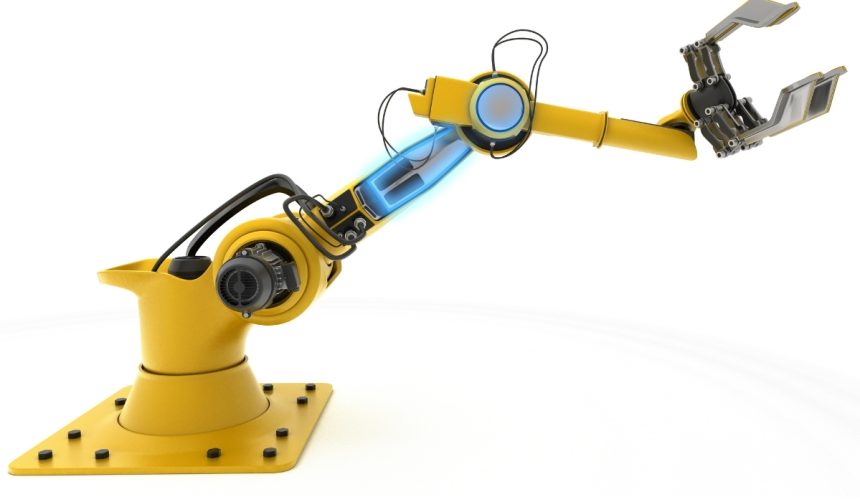Automation requirements in the manufacturing sector continue to evolve, with companies keen to strengthen precision, reliability, and speed on their production lines. Physik Instrumente (PI) has introduced the H-815 Hexapod, a compact six-axis robot designed for continuous, high-precision performance in critical industries. The device aims to address market demand for scalable and robust automation, supporting tasks in silicon photonics, optics, semiconductor manufacturing, and related applications. Modern factories seek out systems that can integrate easily into space-limited environments, contributing to more efficient workflows without sacrificing accuracy or consistent uptime.
Details published previously often highlighted PI’s advancements in precision motion engineering and automation, with mentions of the company’s ongoing expansions and versatile product portfolio. Earlier reports focused mainly on the broader capabilities of PI’s hexapod line but lacked specific emphasis on the H-815’s individual attributes, such as its cardanic joint design and the integration of absolute encoders. With the release of the H-815, PI continues its longstanding focus on flexibility but now accentuates features beneficial for continuous industrial operation and rapid production cycles.
What Core Features Distinguish the H-815 Hexapod?
The H-815 is built to perform precise multi-axis alignment, offering six degrees of freedom: X, Y, Z, pitch, roll, and yaw. Its internal structure features cardanic joints with Z-offset, a design upgrade that gives the robot improved stiffness over traditional spherical joints. As a result, the device remains stable and minimizes backlash, even as orientation changes during various industrial processes.
How Does the Design Support Industrial Demands?
PI crafted the H-815 for seamless integration, thanks to its low-profile dimensions and ability to manage loads of up to 10 kilograms. This approach positions it as a solution for camera lens alignment, micro-assembly, and fiber-optic adjustment, where precise operation in confined spaces is vital. The robot also features easily pluggable cables, simplifying installation and ongoing maintenance.
What Are PI’s Statements on Performance and Reliability?
Performance metrics revealed by PI emphasize the inclusion of absolute-measuring encoders on all six actuators, negating the need for referencing and expedient operation. The company added that the H-815 achieves a minimum incremental motion of 0.1 microns in linear axes and reaches speeds up to 20 mm/s. The onboard motor brakes automatically engage if power is lost, providing an added layer of operational safety. According to PI:
“The H-815 caters to industries where maintaining accuracy and repeatability during 24/7 operations is mandatory,”
and the company underscores the robot’s adaptability in restricted spaces, stating,
“With its compact footprint, the H-815 can be integrated in production environments where space is at a premium.”
PI’s strategy also involves expanding its reach with cost-efficient solutions such as the F-141 PINovAlign system, enhancing automation capabilities for testing and assembling photonic arrays in high-volume manufacturing. This move reflects PI’s continued interest in developing products tailored for established and emerging applications in photonics and electronics assembly. The H-815 and its related systems appear set to meet stringent demands for motion control and alignment accuracy across diverse industrial platforms.
Navigating automation in manufacturing or laboratory settings demands technical solutions capable of seamless integration and reliable, long-term functioning. The H-815 Hexapod underscores the impact of precision robotics on modern production and inspection tasks. Features such as backlash-free operation, fast alignment speeds, and smart encoder technology illustrate the market’s move toward greater efficiency and modularity in high-tech industries. For companies looking to upgrade their systems, evaluating joint quality, motion repeatability, and space requirements remains essential. As automation technologies like the H-815 become more prevalent, manufacturing professionals may find increased opportunities to optimize performance with reduced setup time and heightened accuracy. Monitoring future updates from PI and exploring the adaptability of such hexapods in different fields can offer important insights for process engineers and operations managers planning capital investments in robotics.










